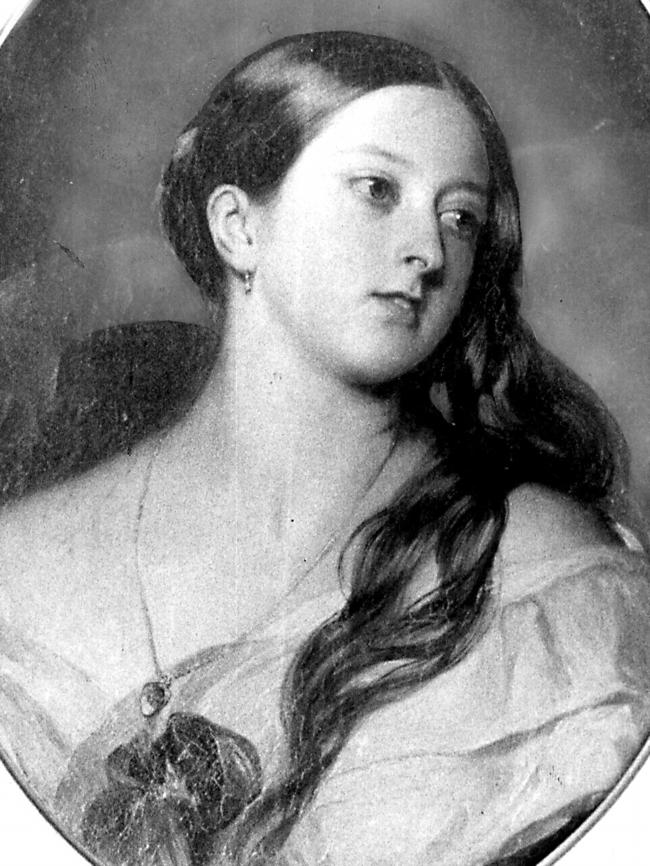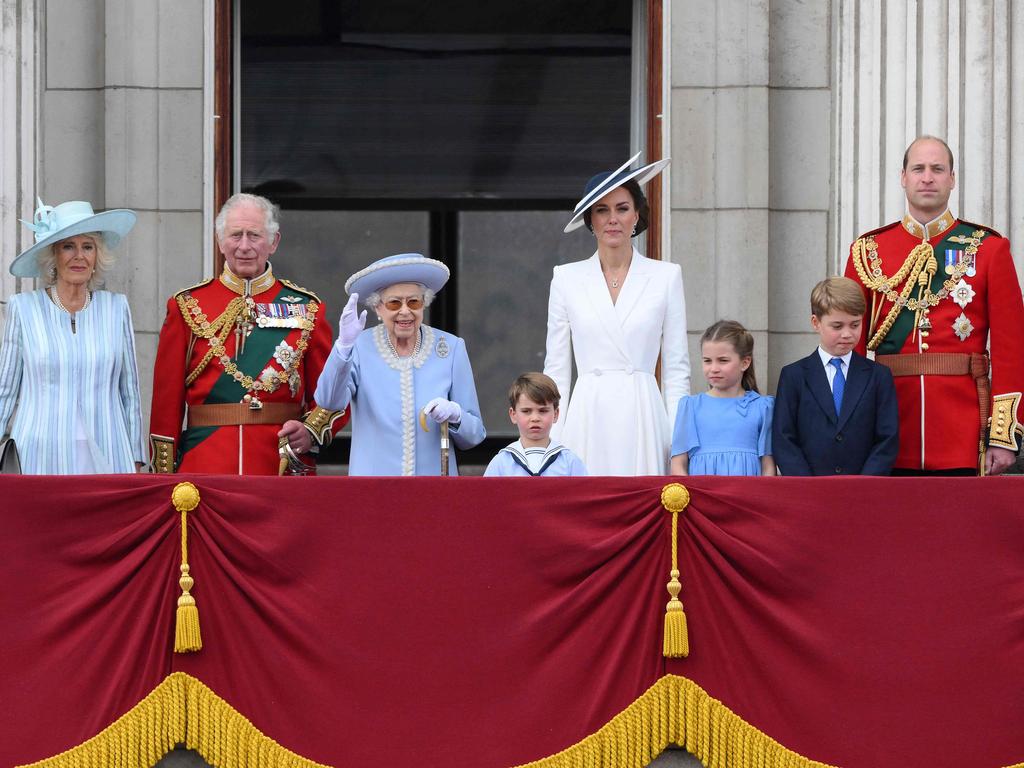Affection for British royals has its roots in Victoria’s love of riesling, and endures despite post-Brexit tension
Three-century Anglo-German romance endures despite post-Brexit tension, thanks to a fascination with British royalty and Victoria’s love of German wine.

On a vineyard sloping down to the river Main, the early summer air hums with Germans politely singing along to God Save the Queen. Moments later a blue velvet curtain falls away to reveal a castellated limestone monument bearing the royal crest and a slightly gushing inscription thanking Queen Victoria for graciously lending her name to this little patch of riesling country.
The memorial on Queen Victoria Mount, erected in 1854, is a symbol of a three-century Anglo-German romance whose warmth has never quite dissipated.
One half of the story is German wine. Imports of hock, a term derived from the nearby town of Hochheim, first turned up in English merchants’ records in 1675.

Its standing in Britain took off in the early 19th century, when the spectacular riesling vintage of 1811 was followed by Turner’s paintings of the Rhineland and the revival of cross-Channel trade at the end of the Napoleonic wars. In 1845 the young Queen Victoria, who liked the wine so much that one of her mottos was, apocryphally, “Good hock keeps off the doc”, passed through the vineyard with Prince Albert. She was so taken with its crisp, stony riesling that she later gave the owner a warrant of appointment to supply her court, which the winery still has.
In its cellar is the carved wooden royal coat of arms that once adorned the 1,000-litre cask of wine destined for Windsor Castle.
Our royals still drink Weingut Joachim Flick’s Konigin Victoriaberg Riesling, which was served at the coronation and during the Duke and Duchess of Cambridge’s visit here in 2017.
Sina Erdrich, the nation’s Wine Queen - a cross between Miss Germany and a formidable lobbyist for the country’s vineyards - says that Britain became the single largest market for wine exports last century. She is honest enough to add, however, that this was chiefly powered by a fad for Blue Nun.
The other side of the story is a fascination with British royalty. Such is their popularity that Prince Ernst August of Hanover, a distant German scion of the dynasty, still likes to remind people of his place in the line of succession.
This is partly to do with the family’s roots, embodied in Queen Victoria, who grew up speaking German, married a German and was attended on her deathbed by her grandson, Kaiser Wilhelm II.
The brand has been sustained by the present monarch, who is referred to as “die Queen” in the German press. Andreas Fabritius, Britain’s honorary consul in Frankfurt, remembers seeing her in a yellow dress during her “visit of reconciliation” to West Germany in 1965, which did much to patch up relations after the war.
While there is no real monarchist movement in Germany, the British royals come with a certain air of glamour and timeworn ritual that is often absent from the devastated traditions of state.

In many ways Britain and Germany have grown apart in recent years. Brexit has left a profound mark: even in the midst of the bilateral bonhomie at the unveiling ceremony for the Victoria monument, a regional government minister brought up his “grave concern” about proposed changes to the Northern Ireland protocol. The trade relationship has dwindled too. The UK is now only the fourth biggest customer for German wine.
Yet it is also worth bearing in mind that the restoration of the monument was partly financed through hundreds of small donations from ordinary people in Hochheim who felt it was a precious part of their heritage.
There is something here that will survive the Sturm und Drang (storm and stress) of political disputes and the waxing and waning of economic ties. Call it soft power or deep historical memory: it is a thing worth cherishing.
The Times







To join the conversation, please log in. Don't have an account? Register
Join the conversation, you are commenting as Logout